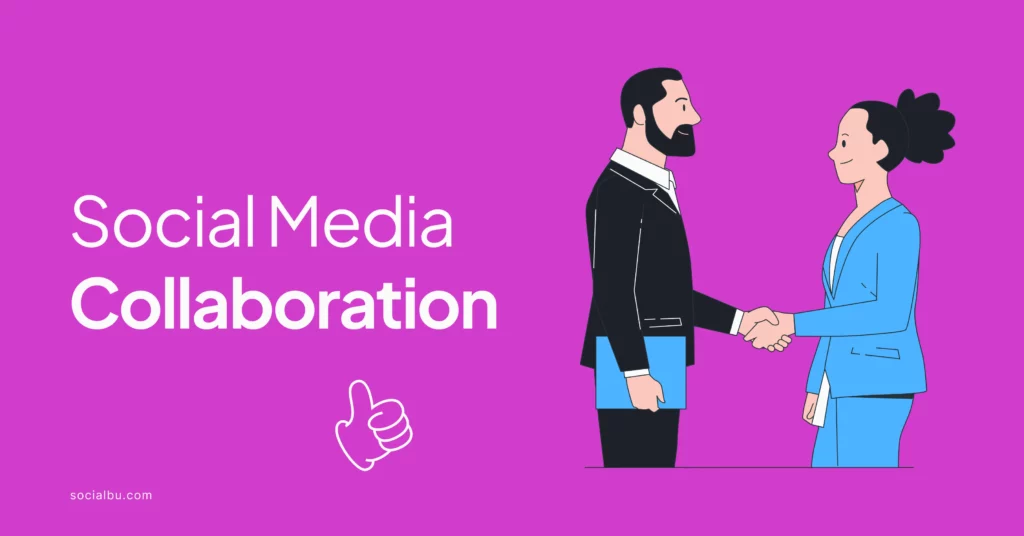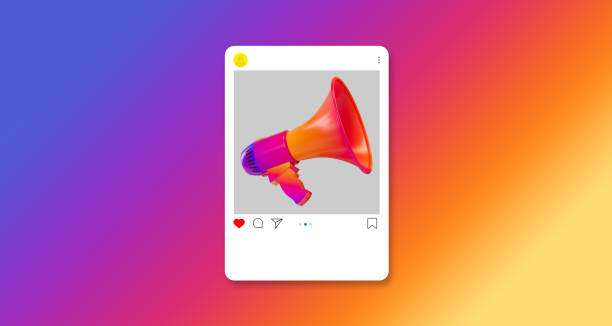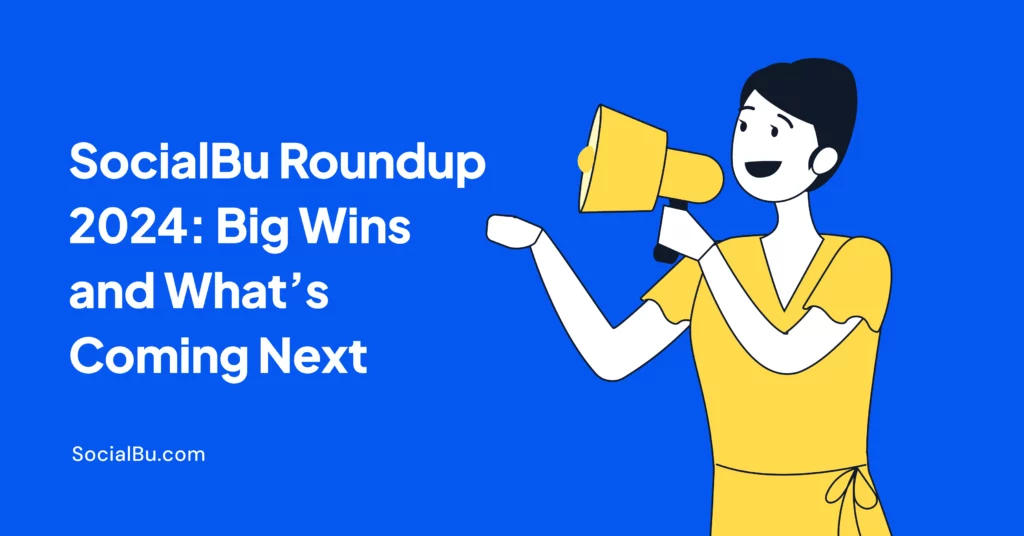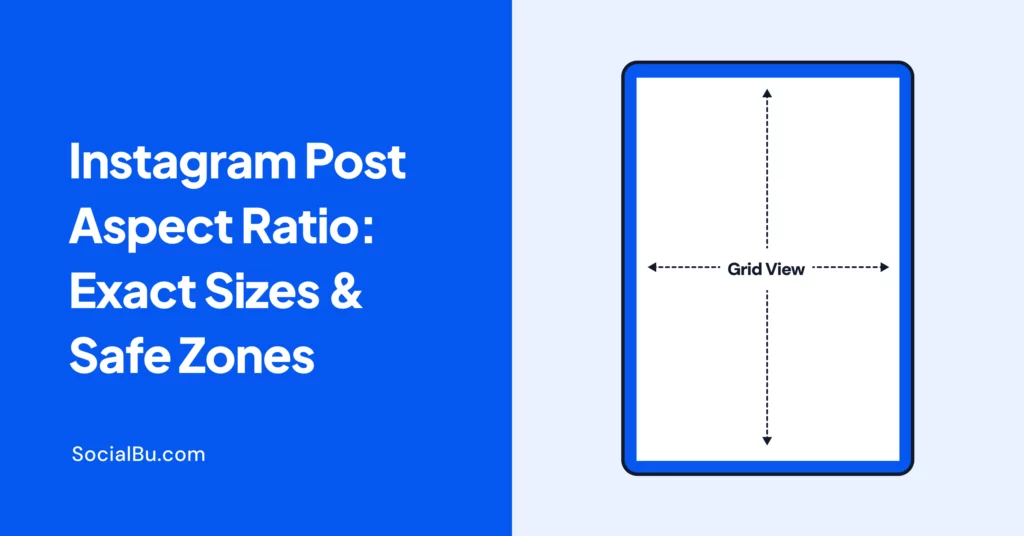Social media collaboration is the buzzword on everyone’s lips, and for good reason. It’s more than just teaming up with another account; it’s a strategic move that can skyrocket your brand’s visibility, engagement, and reach.
But what exactly does it mean to collaborate on social media? How can you make it work for your business? And most importantly, how can you ensure it’s a win-win for everyone involved?
Let’s explore the secrets to successful social media collaborations.
What is Social Media Collaboration?
Social media collaboration refers to the practice of two or more entities working together to create and share content across social media platforms. This could involve brands partnering with influencers, businesses collaborating with each other, or even engaging users to generate content.
It’s a strategy that goes beyond traditional social media marketing by fostering relationships and leveraging combined audiences for mutual benefits.
The Importance of Social Media Collaboration
Social media collaboration is key to creating a successful social media content strategy that will boost your social media presence. Let’s look at how social media helps you grow on social platforms.
1. Expanding Reach and Audience
Social media collaboration allows you to tap into each partner’s unique audience, significantly expanding your potential reach. When you collaborate, you’re not just accessing your own followers, but also those of your partner. This cross-pollination of audiences can lead to:
- Exposure to new demographics you might not have reached otherwise
- Increased brand awareness in different market segments
- Potential for viral content as it spreads across multiple networks
- Opportunity to gain new followers from your partner’s audience base
2. Building Trust and Credibility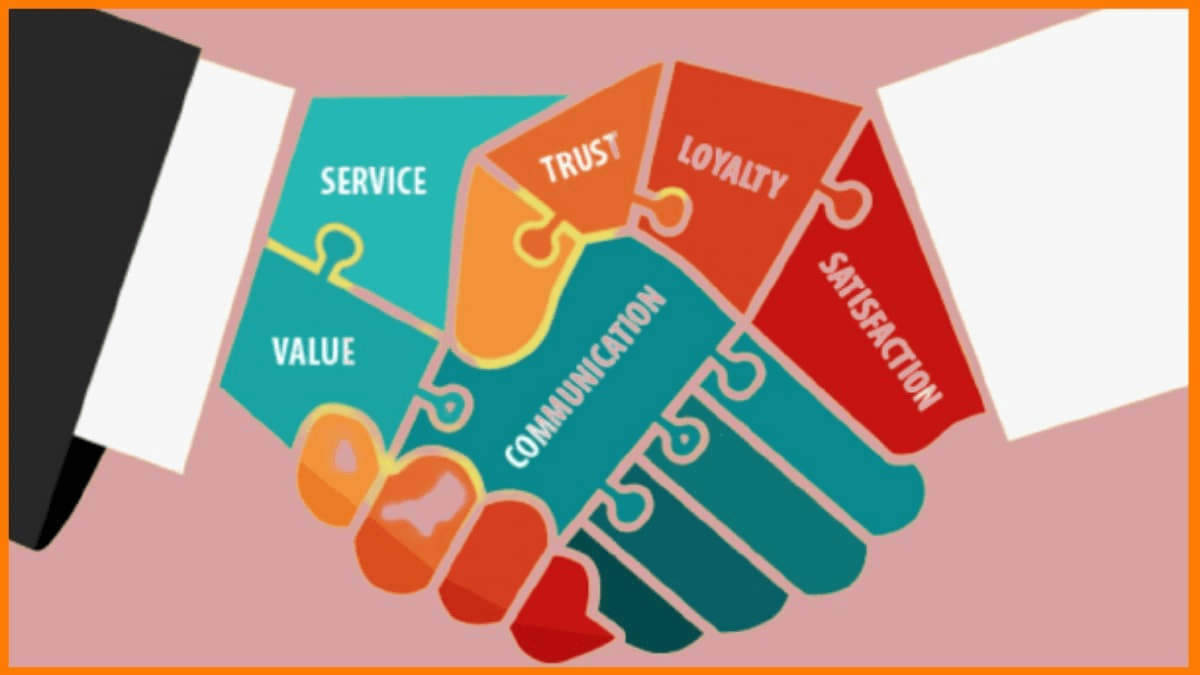
Partnerships with respected brands or influencers can enhance your credibility in the eyes of consumers. This is crucial because:
- Consumers are more likely to trust recommendations from brands or individuals they already respect
- Collaborations can position your brand as an industry leader
- Associations with established entities can lend authority to newer or smaller brands
- Shared values between collaborators can reinforce brand identity and consumer trust
3. Enabling Creativity
Collaboration often leads to fresh ideas and creative content that might not have been possible alone. This innovative boost occurs because:
- Different perspectives and skill sets come together, sparking new concepts
- Partners challenge each other’s assumptions, leading to out-of-the-box thinking
- Combining resources can allow for more ambitious or complex content creation
- The pressure to impress a partner often drives both parties to produce their best work
4. Cost-Effective Marketing
Shared resources and audiences can lead to more impactful campaigns at a fraction of the cost of traditional advertising. This cost-effectiveness stems from:
- Splitting production costs between collaborators
- Leveraging each other’s existing assets (e.g., studio space, equipment)
- Reaching a larger audience without additional ad spend
- Potential for earned media through the novelty of the collaboration itself
Types of Social Media Collaboration
There are different types of social media collaborations that brands and influencers make use of. Hebrew are the top collaboration types.
1. Influencer Partnerships
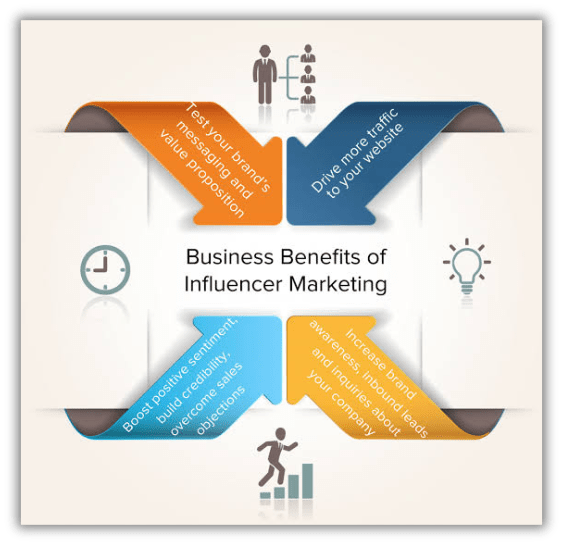
Influencer partnerships involve brands working with social media personalities to promote products or services. To execute this type of collaboration, brands must first select influencers whose audience aligns with their target demographic.
They must then create content that seamlessly integrates the brand into the influencer’s style, leveraging the influencer’s authenticity and connection with their followers.
Various formats can be utilized, such as sponsored posts, product reviews, or brand ambassadorships. Finally, success is measured through engagement rates, sales conversions, and brand sentiment.
2. Brand-to-Brand Collaborations
Brand-to-brand collaborations involve two or more brands joining forces for mutual benefit. This can include co-creating products that combine the strengths of both brands, joint marketing campaigns that leverage both brands’ audiences, or cross-promotion on each other’s social media channels.
Brands can also collaborate on events or experiences that engage both customer bases, or form strategic partnerships that open up new markets or product categories.
3. User-Generated Content Campaigns
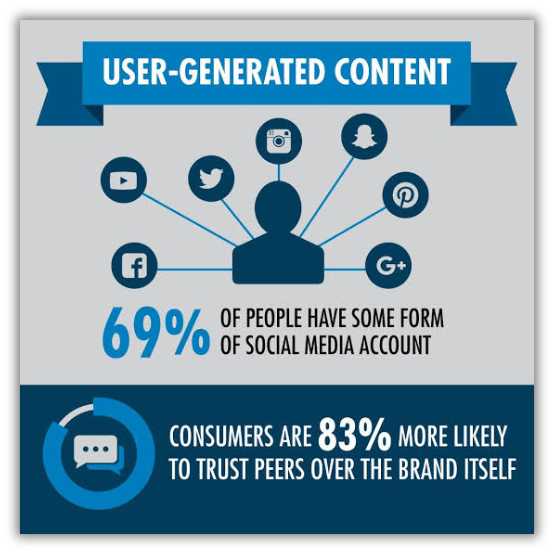 UGS campaigns involve brands encouraging their audience to create and share content. To execute this approach, brands create hashtags or challenges that inspire users to participate, and offer incentives like prizes or features to encourage content creation.
UGS campaigns involve brands encouraging their audience to create and share content. To execute this approach, brands create hashtags or challenges that inspire users to participate, and offer incentives like prizes or features to encourage content creation.
The best user-generated content is then curated and showcased on brand channels, building a sense of community and engagement among followers. By leveraging authentic, relatable content created by real users, brands can tap into the power of social proof and increase engagement.
Top Examples of Social Media Collaboration
Here are some of the most popular examples of social media collaborations that ignited the scene of social media collaborations..
Nike and Colin Kaepernick: A Controversial yet Effective Influencer Campaign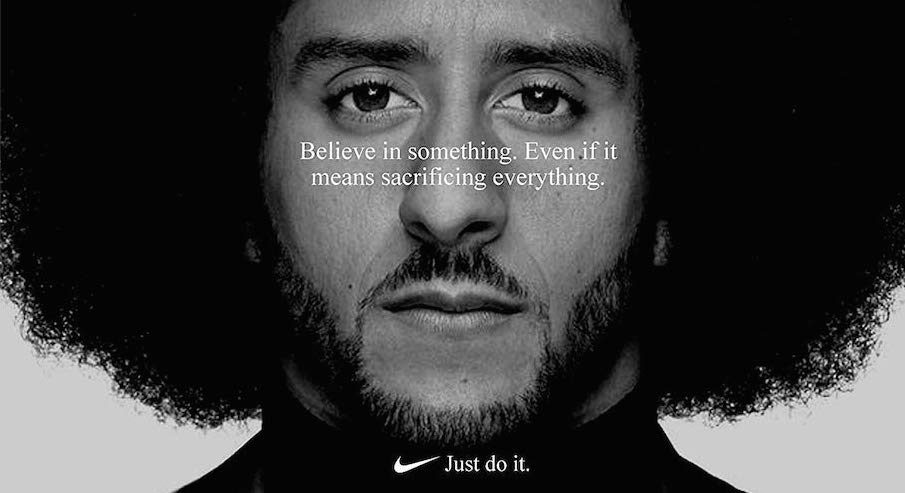
In 2018, Nike partnered with Colin Kaepernick, a former NFL quarterback and social justice activist, for an influencer campaign that sparked controversy and generated massive buzz. The campaign, which featured Kaepernick’s face with the slogan “Believe in something, even if it means sacrificing everything,” was released to coincide with the 30th anniversary of Nike’s “Just Do It” slogan.
Starbucks and Spotify: A Brand-to-Brand Partnership that Hits the Right Note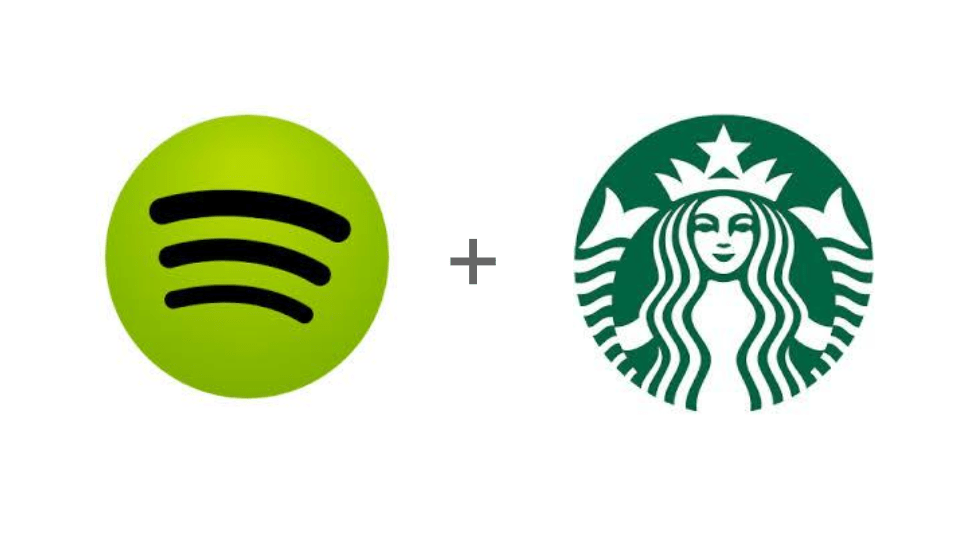
In 2015, Starbucks and Spotify partnered on a brand-to-brand collaboration that allowed customers to influence in-store playlists. The partnership, which was rolled out in Starbucks stores across the US, allowed customers to vote for their favorite songs and artists, creating a unique and personalized music experience.
Coca-Cola’s “Share a Coke” Campaign: A Massive UGC Success Story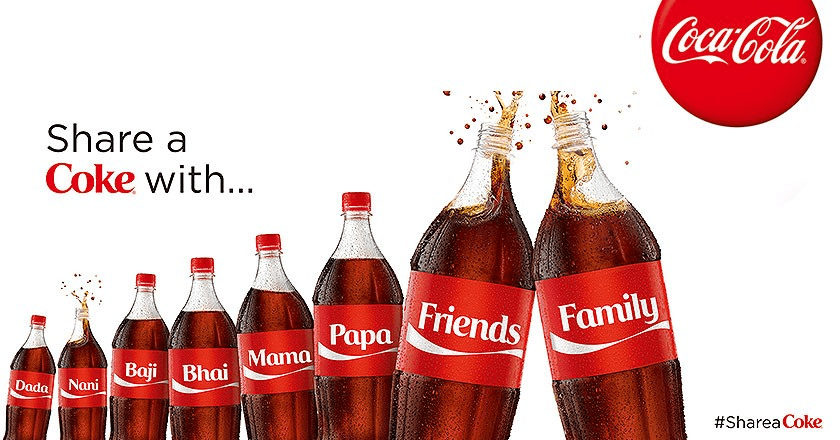
In 2011, Coca-Cola launched the “Share a Coke” campaign, which encouraged customers to share photos of themselves with personalized Coke bottles on social media. The campaign, which was rolled out in over 80 countries, was a massive success, generating over 1.8 million social media posts and increasing Coca-Cola’s sales by 7%.
Collaborate Seamlessly with SocialBu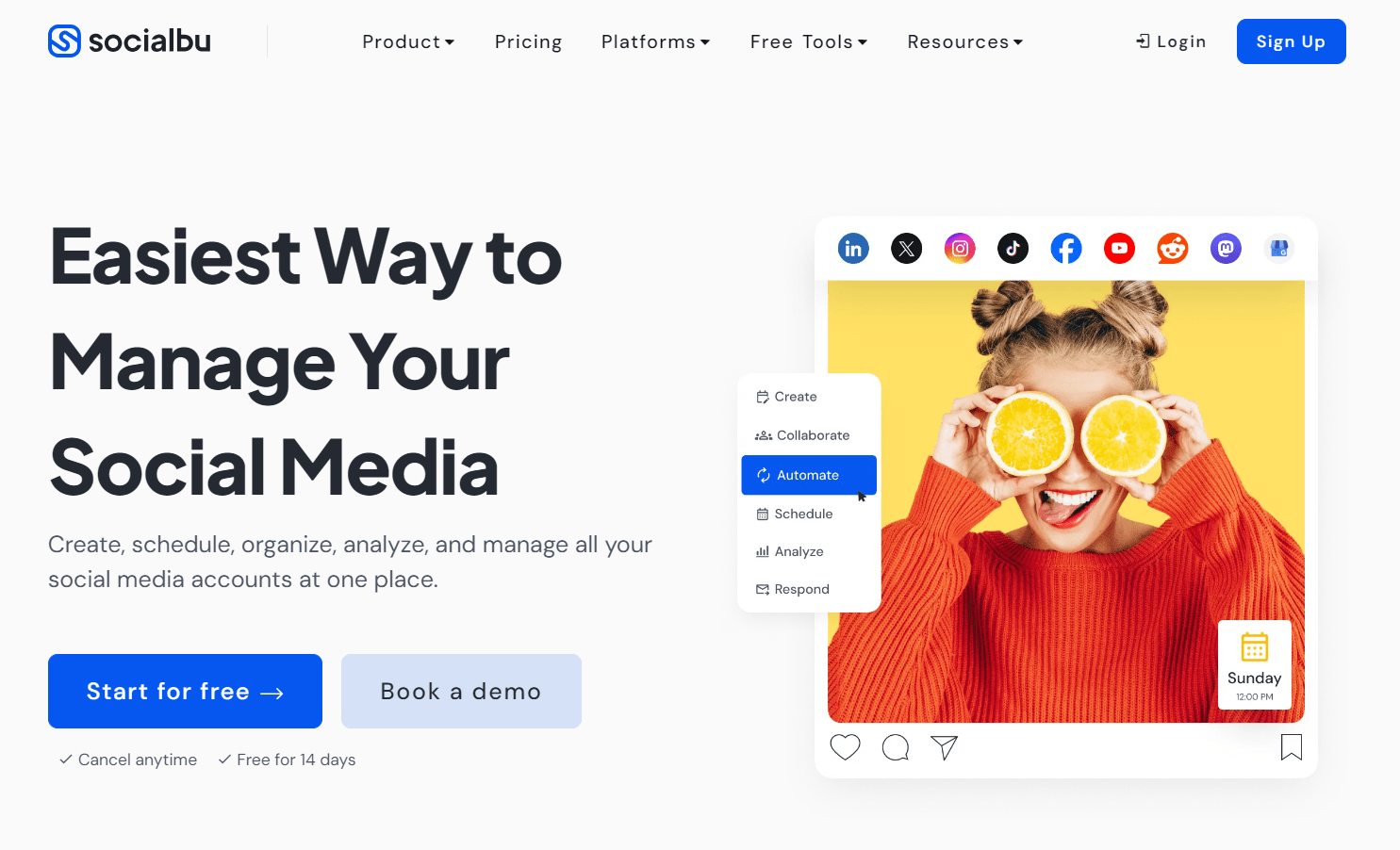
Take your social media collaborations to the next level with SocialBu, a powerful social media management tool designed to streamline your collaboration process. With SocialBu, you can:
- Schedule posts in advance across multiple platforms
- Assign tasks and track progress with team members and partners
- Share content and assets in a centralized hub
- Monitor engagement and analytics in real-time
- Automate workflows to save time and increase efficiency
SocialBu’s intuitive interface and robust features make it easy to collaborate with team members, partners, and influencers allowing you to enhance collaboration by working together seamlessly.
Conclusion
Social media collaboration is a powerful strategy for businesses to achieve their marketing goals. By partnering with other individuals, brands, or organizations, businesses can increase brand awareness, improve engagement and reach, enhance customer service, access new audiences, and enjoy cost-effective marketing.
Whether through influencer partnerships, brand-to-brand collaborations, UGC campaigns, social media contests, or employee advocacy programs, social media collaboration can help businesses unlock growth and success.
FAQs
What is an example of social collaboration?
An example of social collaboration is a brand partnering with an influencer to promote a product or service on social media. For instance, a beauty brand partnering with a popular beauty influencer to showcase their new product line.
What is a social media collaboration platform?
A social media collaboration platform is a tool or software that enables multiple individuals or teams to work together on social media content, campaigns, or projects. Examples include SocialBu, Hootsuite, and Sprout Social.
What are the goals of social media collaboration?
The goals of social media collaboration include increasing brand awareness, reaching new audiences, generating engagement, driving website traffic, and boosting sales.
What is collaboration in social network?
Collaboration in a social network refers to the act of working together with others on a social media platform to achieve a common goal or objective.
What does collaboration on social media mean?
Collaboration on social media means working together with others, such as influencers, brands, or team members, to create and share content, promote products or services, or achieve a common goal.
Why is social collaboration important?
Social collaboration is important because it allows individuals and brands to tap into the power of collective knowledge, skills, and networks to achieve greater success and impact. It also enables real-time communication, feedback, and adaptation, leading to more effective and efficient outcomes.
